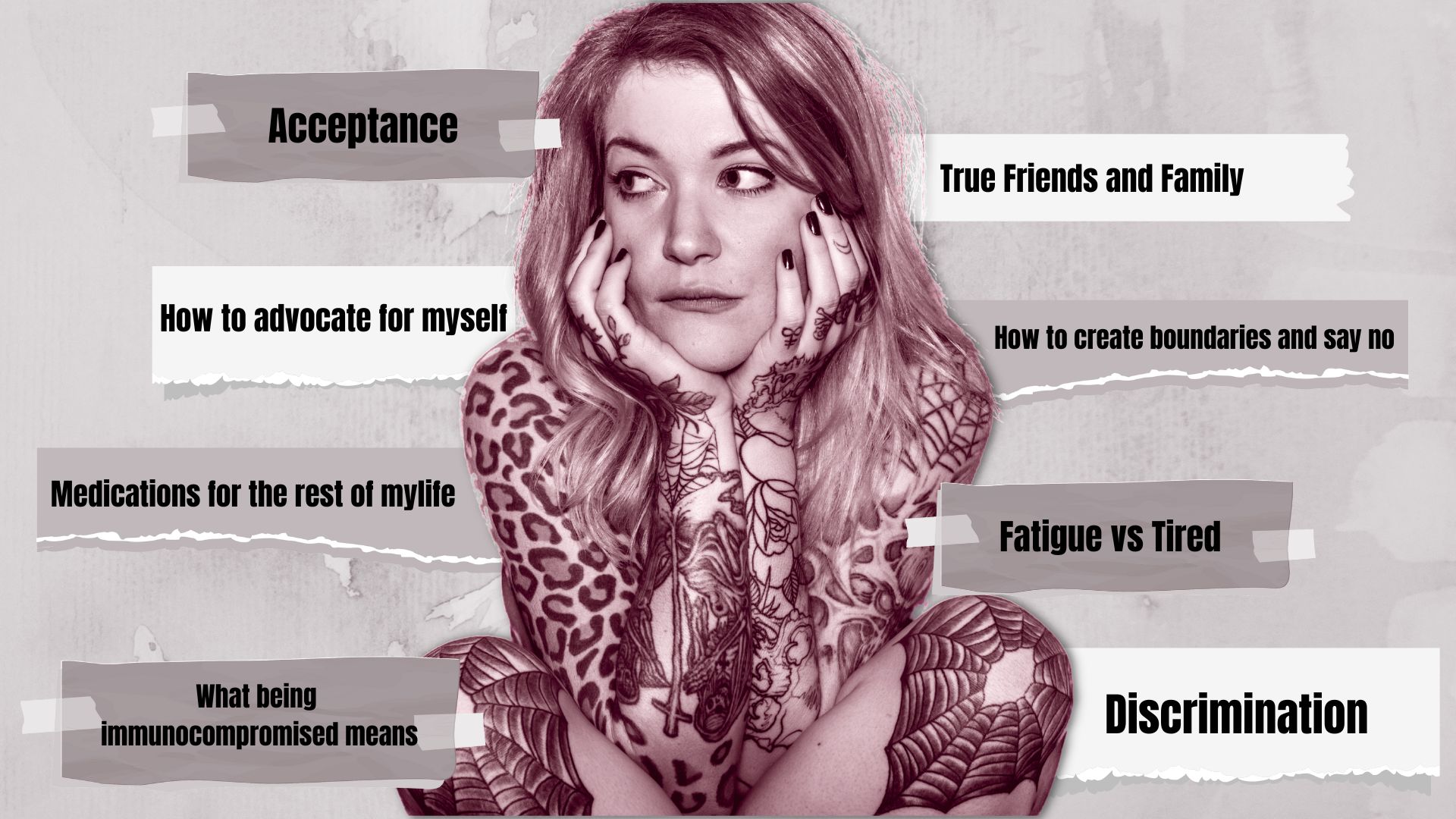When a rheumatologist measures disease activity in a patient with rheumatoid arthritis (RA), objective clinical measures like C-reactive protein levels in the blood and swollen joint count are essential to factor in, but so are patient-reported measures including pain and fatigue. While both are certainly important, there may be some benefit to evaluating clinical factors and patient-reported measures independently rather than combining both into a composite disease activity score.
(You can use our ArthritisPower app to track your symptoms and disease activity and share your results with your doctor.)
According to a new study, presented at the 2019 American College of Rheumatology/Association of Rheumatology Health Professionals Annual Meeting in Atlanta, there may be some lag time between when objective tests show that patients are getting better and when patients actually start to feel better.
The researchers, led by Janet Pope, MD, MPH, at Western University in Ontario, analyzed data on 986 patients. They found that the time it took for to reach remission or low disease activity varied widely depending on whether or not patient-reported factors were used as the goalpost.
When the Clinical Disease Activity Index (CDAI), which relies on solely clinical measures, was used, it took patients an average of 12.4 months to reach low disease activity. Yet it took the same group of patients getting the same exact treatment nearly 19 months to reach low disease activity when it was defined by patient global assessment of disease activity (PtGA).
Knowing that this lag time of several months exists is important, because it suggests that health care providers shouldn’t necessarily rush to change up a patient’s treatment regimen if clinical scores are good; waiting it out a few months to see if pain and inflammation improve might be a better option.
“Careful interpretation of [patient-reported outcomes] and composite scores could impact management, including prevention of overtreatment and unnecessary switching of DMARDs,” the authors concluded.
Not Sure What’s Causing Your Pain?
Check out PainSpot, our new pain locator tool. Answer a few simple questions about what hurts and discover possible conditions that could be causing it. Start your PainSpot quiz.






